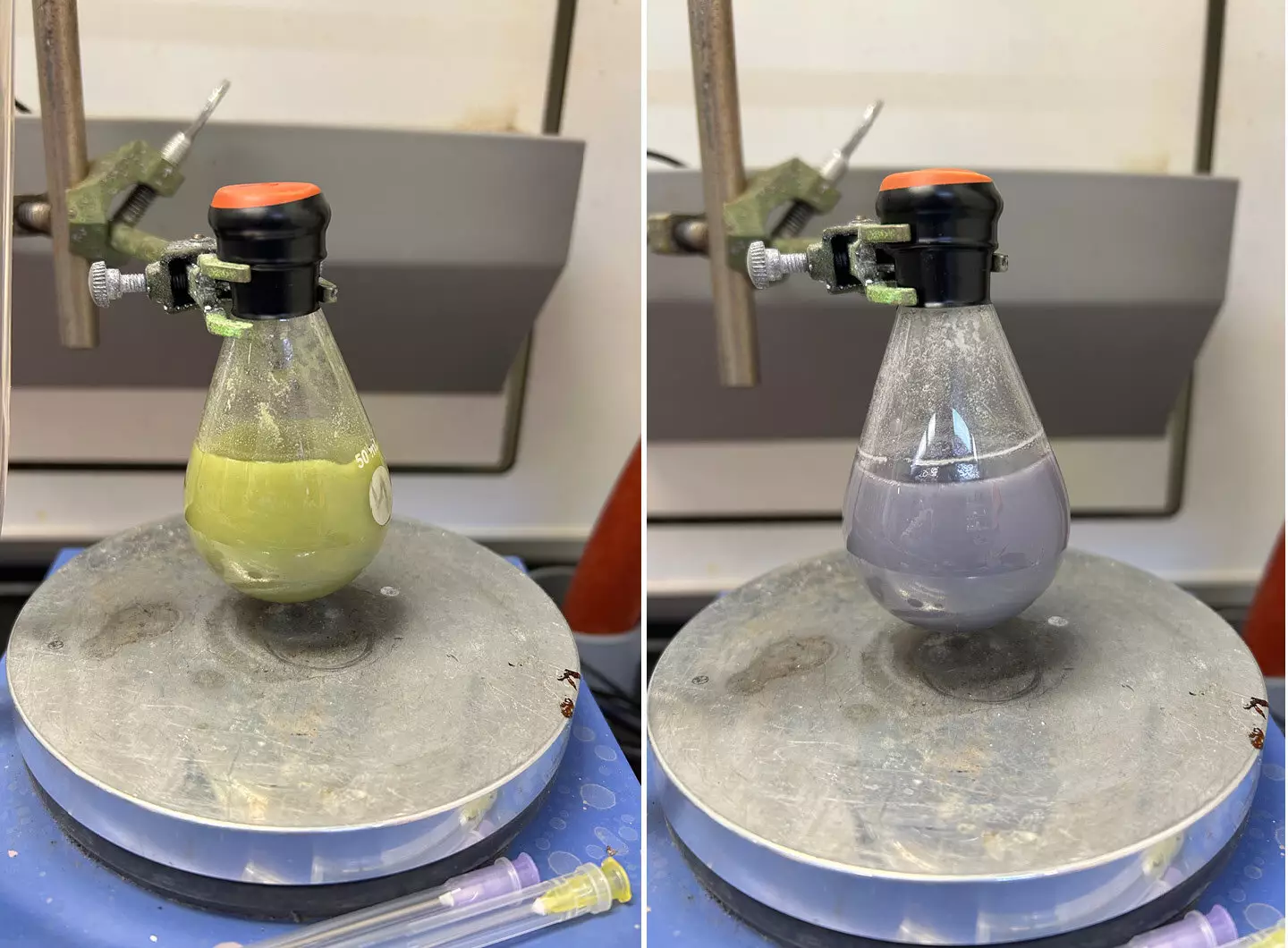Samarium, a metallic element, was discovered in a Russian mine in 1879. Its name comes from the mineral it was found in, samarskite, named after Russian mining engineer Vassili Samarsky-Bykhovets. In chemical synthesis, bound with other elements, samarium is an essential reagent known for leading to the creation of potential pharmaceuticals.
The Challenge of Scaling Up
While samarium diiodide is a common reagent used in academic settings, scaling up to industrial levels has been a challenge. Being air-sensitive, the reagent often needs to be freshly prepared before each reaction. Additionally, the formation of a pesky samarium-oxygen bond during reactions inhibits its recycling and renders it inactive for further use.
Caltech chemists have recently made a significant breakthrough in solving the challenge of scaling up the use of samarium diiodide reagent. Their solution allows the reagent to recycle itself for repeated use within a single reaction. This innovation eliminates the need for large amounts of solvents and fresh preparations, making it more practical for industrial-scale applications.
One of the main obstacles in recycling samarium diiodide has been the formation of a strong samarium-oxygen bond that hinders its reactivation. Previous attempts to break this bond involved harsh chemicals. However, in the recent study, researchers successfully cleaved the bond using a mild acid, making it more feasible for use in large-scale reactions.
The Peters lab at Caltech is working on developing new chemical reactions to fix nitrogen in more efficient and sustainable ways. They are interested in studying nitrogen fixation using samarium diiodide reagent from the Reisman lab. By using the reagent in their research, they aim to enhance the process of converting gaseous nitrogen into essential compounds like ammonia, crucial for plant growth.
Collaborative Efforts for Innovation
The collaboration between different research labs at Caltech highlights the importance of interdisciplinary work in driving innovation. By combining expertise from various fields, such as chemistry and sustainability, new solutions can be developed to address complex challenges in chemical synthesis and pharmaceutical development.
The recent breakthrough in recycling and scaling up the use of samarium diiodide reagent opens up new possibilities for its application in pharmaceutical synthesis. By overcoming the challenges associated with its reactivity and recycling, this versatile reagent can now be utilized in industrial settings for the creation of potential new drugs. Through collaborative efforts and innovative solutions, the potential of samarium in chemical synthesis is being unlocked for the benefit of scientific research and pharmaceutical development.


Leave a Reply